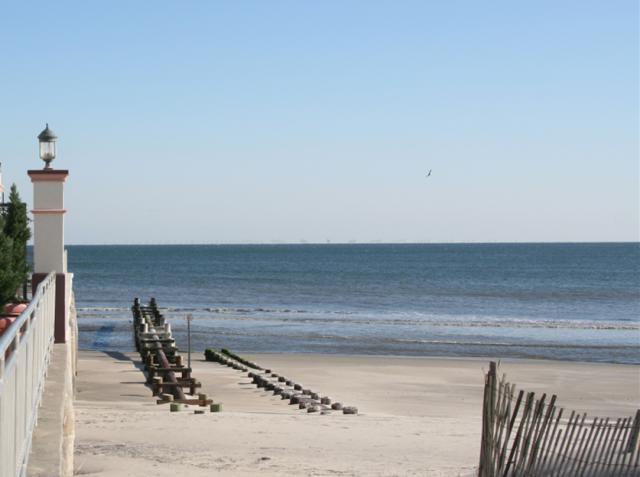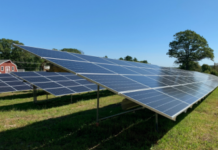
WASHINGTON – The U.S. Department of the Interior today is expected to release its long-awaited final set of rules for the development of offshore wind farms, a step that would allow the 100-turbine wind farm proposed for Rhode Island Sound and other projects to move forward.
Interior Department officials told The Chicago Tribune the rules will be released today. President Barack Obama is expected to discuss them during an Earth Day appearance he will make around 1 p.m. at Trinity Structural Towers Inc.’s wind turbine factory in Newton, Iowa.
The Bush administration worked on the offshore wind rules – which will outline policies for corporate leasing of federal waters on the Outer Continental Shelf – for a number of years, but never released a final version. Major projects, such as Hoboken, N.J.-based Deepwater Wind’s proposal to build a 384-megawatt wind farm off Rhode Island’s coast, could not seek permits without them.
In Massachusetts, the rules will also pave the way for construction of the long-stalled 130-turbine Cape Wind project in Nantucket Sound.
No offshore wind farms are in operation in the U.S., but more than 2,000 megawatts of offshore wind projects have been proposed around the country, according to the federal government. (There are some offshore wind farms up and running in Europe.) Interior Secretary Kenneth Salazar said recently: “There are many states, especially along the Atlantic seaboard, that are ready to move fast forward with this.”
Andrew Dzykewicz, commissioner of the R.I. Office of Energy Resources and Gov. Donald L. Carcieri’s chief energy adviser, did not immediately return phone calls requesting comment on what the development would mean for Rhode Island. But in the past he has emphasized the need for the federal government to move quickly to finalize offshore energy regulations.
Chris Wissemann, Deepwater’s founder and managing partner, also did not immediately return a phone call. But in a statement issued this morning he hailed the Interior Department’s move as “fantastic news.”
“Today’s action is a step down a path to transition our economy to one that is truly sustainable, independent of volatile pricing and foreign interests,” he said. “It means that the offshore wind industry can start contributing to energy independence while creating much-needed jobs. I’m pleased to see the federal government finally step into a leadership position on ocean renewable energy.”
Deepwater is proposing two wind farm projects in the Atlantic waters off Rhode Island: a 20-megawatt wind farm, consisting of five to eight turbines, to be located three miles off Block Island and put into operation by June 2012; and a 100-turbine, 385-megawatt wind farm in federal waters that would power roughly 120,000 homes.
In an interview with PBN last week, Paul M. Rich, Deepwater’s chief development officer and top executive in Rhode Island, said the company needed the federal regulations to be released in order to determine a timeline for its larger project. An Interior Department document issued earlier this month said construction on the wind farm was likely to start in 2015.
Denise Bode, CEO of the American Wind Energy Association, also issued a statement praising the expected announcement as “a welcome step forward.”
“Offshore wind energy companies and states, among others, are anxious to embark on the still-complex leasing and permitting process,” Bode said. “The rule clears the way so that offshore wind projects can begin to move ahead.”
The National Renewable Energy Lab has estimated that the potential wind energy off the Atlantic coast totals more than 1,000 gigawatts, and has said the U.S.’s total wind energy potential is greater than the country’s entire current electricity demand.
For more information on Deepwater Wind, visit DWWind.com.











